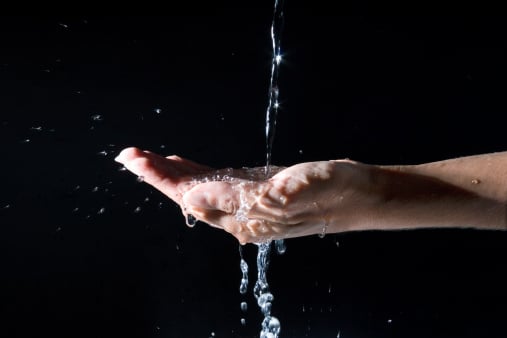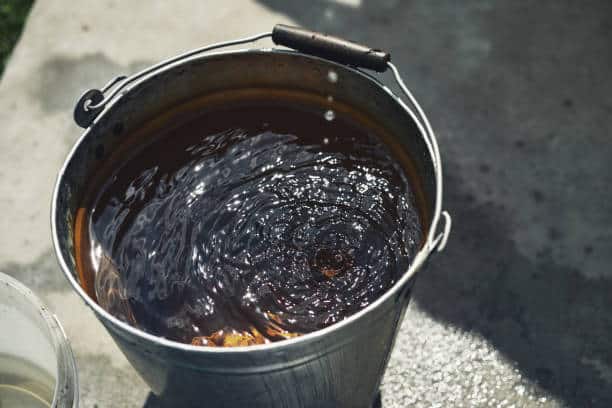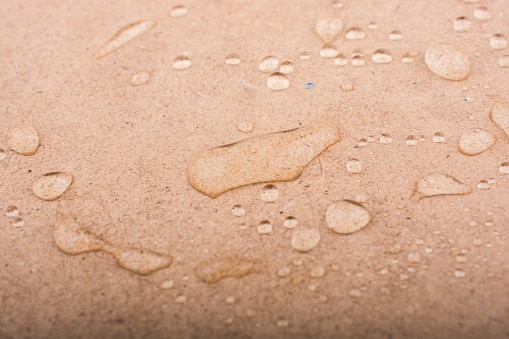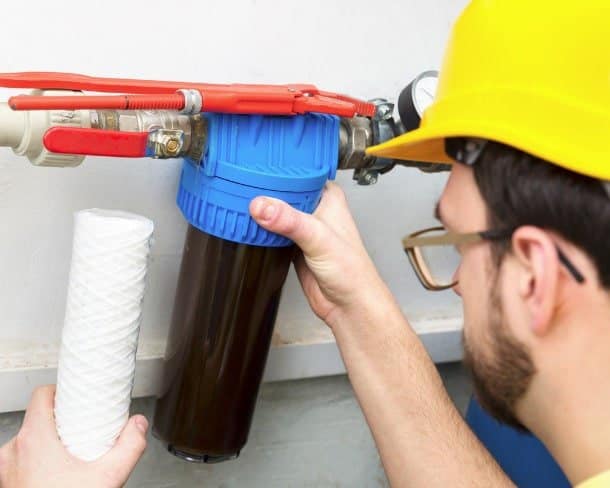Water is the lifeblood of our homes, powering everything from our morning coffees to our nightly skincare routines. Yet, what happens when something as essential as water becomes the culprit behind skin issues or household inconveniences?
One such concern arises when iron invades our water supply. High concentrations of iron in your water can wreak havoc, not just on your skin, causing conditions like acne, but also on your plumbing systems. Let’s dive deeper into the world of iron-laden water, and explore its effects, types, and ultimately, solutions for dealing with it.

The Impact of Iron in Water on Skin
Water with high iron content may increase your chances of developing acne and other skin disorders. The reason? Iron particles can potentially block pores and even harm skin cells. If persistent skin issues are a common occurrence in your household, iron might be the uninvited guest you need to bid farewell to. While medication could offer some relief, the ultimate solution may lie in filtering out iron from your water for long-lasting skin health.

Different Types of Iron Found in Water
There are primarily three types of iron that can taint your water. Let’s understand each of them.
- Ferric Iron: This type of iron is insoluble and causes your water to oxidize spontaneously, turning it reddish or orange. A noticeable level of ferric iron can manifest as an undesirable color in your well water or drinking water. It can also cause blockages in your pipes, showerheads, and fixtures due to its particle-like nature.
- Bacterial Iron: This iron type is often the result of poor sanitation, damaged pipes, or a lack of maintenance, particularly in well water. Iron, when mixed with bacteria in water, forms a slimy, red deposit that can tarnish your home’s fixtures. Although bacterial iron isn’t toxic per se, it creates an environment conducive to the growth of infections and other organic substances.
Ferrous Iron: This type of iron is water-soluble and remains invisible until exposed to air. Upon exposure, it oxidizes into ferric iron and can cause staining and impart a metallic taste to your water. Wells that don’t receive much sunlight typically contain water with high concentrations of ferrous iron.

Iron and Water: An Unsettling Union
Iron, the second most abundant element in the earth’s crust, can sometimes turn up uninvited in your water supply. If you find your kitchen tap gushing reddish-brown water, or if there’s a pungent smell akin to rotten eggs, you probably have too much iron in your water.
The two main forms of iron that manifest in water are soluble ferrous iron and insoluble ferric iron. While ferrous iron is completely dissolved in water, appearing clear and colorless, ferric iron appears when water is exposed to air, turning it hazy and causing the formation of reddish-brown sediment.
Effects of Iron on Skin
Water with high mineral content, such as iron and magnesium, may not sit well with your skin. These minerals can damage healthy skin cells, potentially leading to premature wrinkles. Moreover, iron-laden water doesn’t react well with soap, leaving behind a residue on your skin and in your bathtub. This soap scum can clog your skin pores, causing an accumulation of oils and potentially leading to conditions like acne or eczema.
Spotting the Signs: Does Your Water Have Too Much Iron?

Identifying an iron problem in your water supply isn’t rocket science. Here are some tell-tale signs:
- Water Color: If your water appears yellow, reddish-orange, or brown, it likely contains too much iron.
- Bad Taste: Dissolved ferrous iron can give water a metallic taste, which can result in an unpleasant flavor when mixed with other beverages or used in cooking.
- Stains: Iron leaves its signature on everything it touches in the form of residue or orange stains on dishes, dark stains on clothes, and dark spots in your shower, toilet, and bathtub.
- Skin Dryness and Itchiness: Iron in your shower or bath water can cause skin dryness and irritation.
- Bacterial Growth: Iron in water can encourage the growth of bacteria like E. coli, posing a health risk.
- Clogged Pipes: Iron residue can accumulate in your home’s pipes over time, leading to blockages or poor drainage, which can be costly to repair.

Handling the Iron Issue in Your Water
The National Ground Water Association recommends annual testing of water quality for homeowners using well systems. If you find high levels of iron, there are several measures you can take:
- Change Water Sources: In case of high iron content, consider constructing a new well or switching to a different water source.
- Use an Aeration System: Aeration systems introduce air into the water, oxidizing iron and manganese.
- Install a Filtration System: Whole-house filtration systems can enhance the taste and appearance of water by reducing pollutants.
- Use Iron Filters: If your home’s water contains high amounts of iron, iron filters can be effective. These filters use high-quality ozone and iron removal media for particle filtration.
- Apply Shock Chlorination: Though time-consuming, shock chlorination is effective in eliminating slimy bacterial iron. It disinfects your well water using a high dose of chlorine.
- Install a Water Softener: Water softeners can remove ferrous iron from hard water. However, for water with a high iron concentration, specialist iron filters are recommended.
Conclusion
Too much iron in your water poses a potential health risk and household inconvenience. By getting your water tested regularly and employing the methods mentioned above, you can reduce iron in your water and safeguard the health of your family. After all, clean water is not just a necessity—it’s a right for every home.

Jay
Jay is a health and wellness enthusiast with expertise in water quality and nutrition. As a knowledgeable advocate for holistic well-being, Jay successfully manages Type 2 Diabetes through informed lifestyle choices. Committed to sharing reliable and authoritative insights, Jay combines firsthand experience with a passion for enhancing health."

